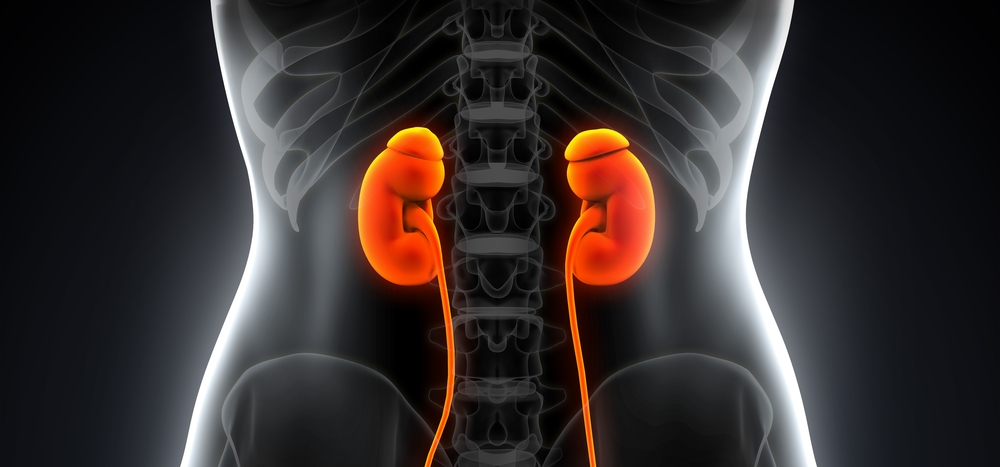Sometimes endometriosis can go undiagnosed due to a concomitant disorder such as hydronephrosis, which occurs when urine builds up in the kidneys causing them to swell. It is important for clinicians to be aware of all possible diagnoses for a patient’s symptoms in order to help her become well again. As such, a team of researchers at The First Affiliated Hospital in the Medical College of Zhejiang University conducted a retrospective study of patients admitted for surgery for hydronephrosis due to ureteral endometriosis.
“The aim of the present study was to improve the understanding of ureteral endometriosis, and remind the clinics to be highly suspicious of it in women of reproductive age with hydronephrosis without evidence of stones and malignancy,” stated the authors, in their article entitled “Hydronephrosis Due to Ureteral Endometriosis in Women of Reproductive Age.” The article was published in International Journal of Clinical and Experimental Medicine.
A total of 82 patients were part of the study, which was conducted between January 2007 and April 2014. The researchers split the patients into three groups based on age: Group A was 20-30 years old, Group B was 31-40 years old, and Group C was 41-50 years old. Among the three groups, Group C reported more pelvic pain, and Group A was more frequently found to be infertile.
On average, women were diagnosed with ureteral endometriosis within two years of first reporting mild hydronephrosis. Although preoperative examinations showed differing severity of hydronephrosis among patients, all underwent a laparotomy or laparoscopy surgery, including ureterectomy with ureteroureterostomy or ureterocystoneostomy. These surgeries confirmed that the patients had ureteral endometriosis.
“The diagnosis of ureteral endometriosis is elusive and relies heavily on clinical suspicion,” stated the authors. “Hence, women in the reproductive age, especially with infertility and pelvic pain, who have hydronephrosis without evidence of stones and malignance, should be adequately assessed via imaging techniques or diagnostic laparoscopy or cystoscopy to highly suspect the diagnosis of ureteral endometriosis.”
Although endometriosis affects the urinary tract in only 0.1 to 0.4% of patients with endometriosis, it is important for clinicians to be concerned about the chance women are affected with this complication. It most often affects endometriosis patients when they are at a reproductive age, and since it can cause infertility, clinicians should be aware of how to help their patients who want to keep their option of becoming pregnant.

